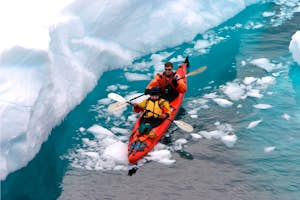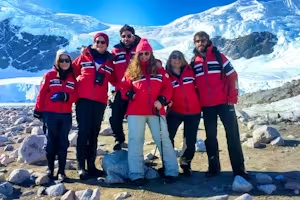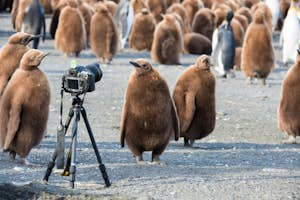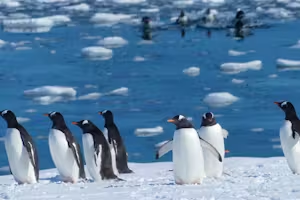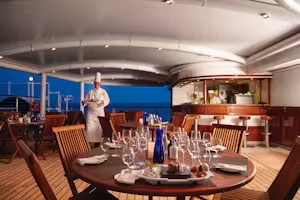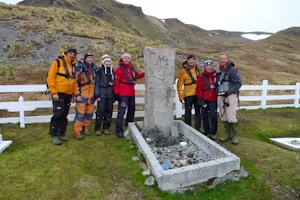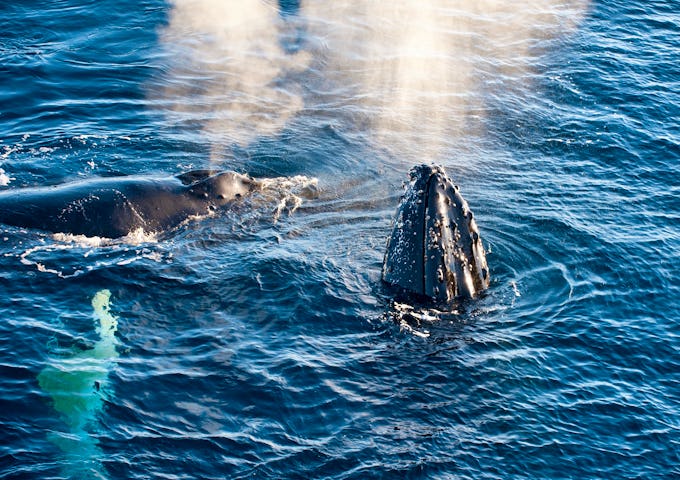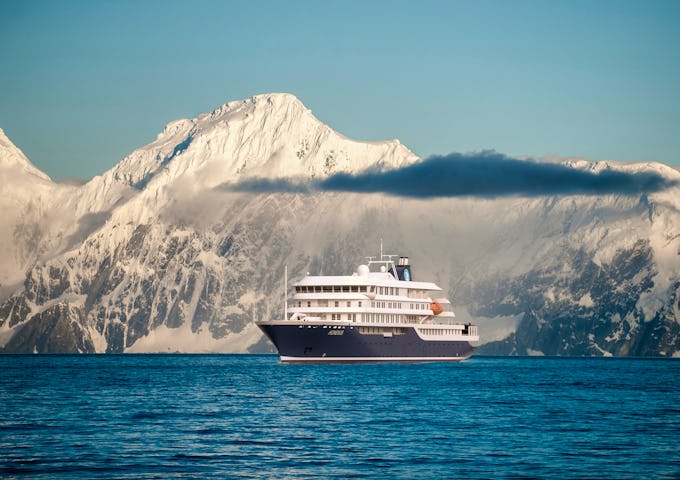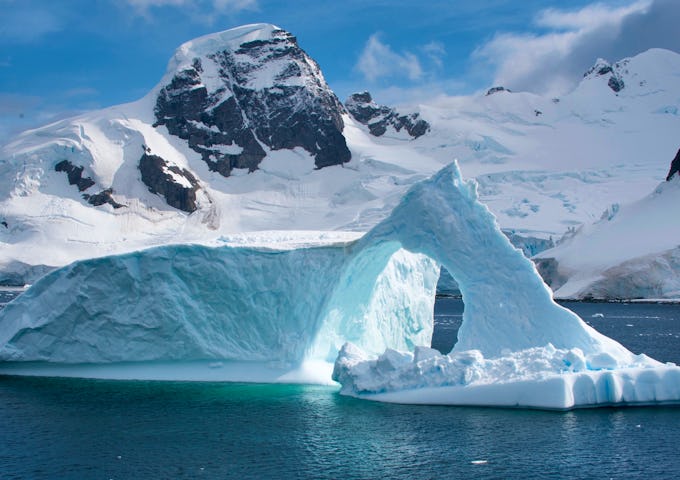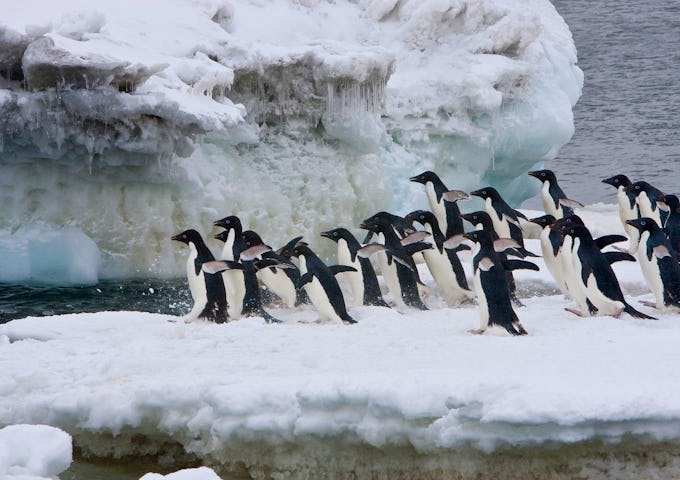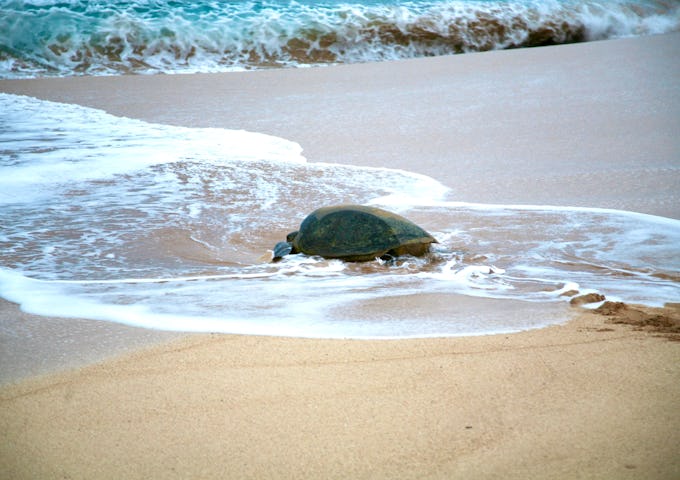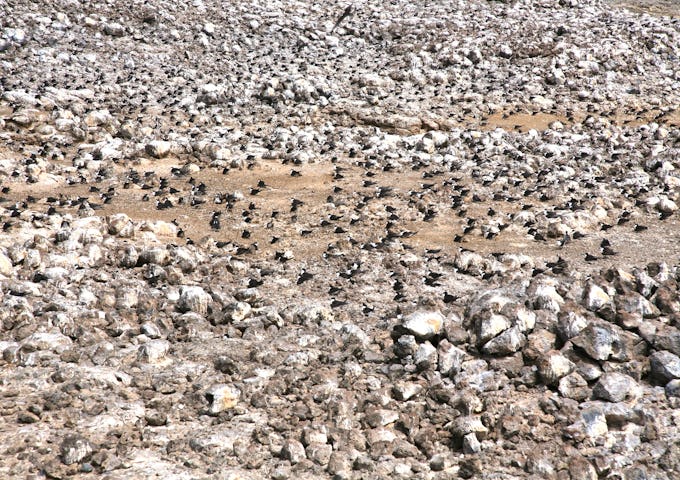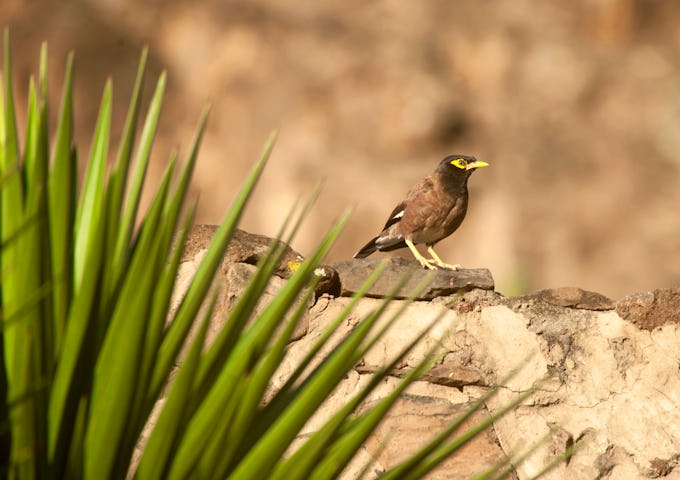This must be one of the world’s last great sea voyages – sailing from Antarctica up through the South Atlantic Ocean, visiting remote islands en route. Departing in March, it’s a 33-day-long voyage on board a 170-passenger expedition ship.
Trip Summary
- 15 days off-ship exploring: Antarctica (4), South Georgia (3), Gough Island (1), Tristan da Cunha (4) and St. Helena (3)
- Explore as much of the region as possible while having the time to appreciate the delights at each landing
- Antarctic operational experience since 1996
- Expedition staff to guest ratio of 1:10
- Look out for rockhopper penguins and Subantarctic fur seals on a zodiac cruise in Quest Bay
- Get to know the culture of local human communities – as well as the wildlife!
Operator's Itinerary
Start from Ushuaia and end at Ascension Island
Landmarks potentially visited on Southern Atlantic Odyssey
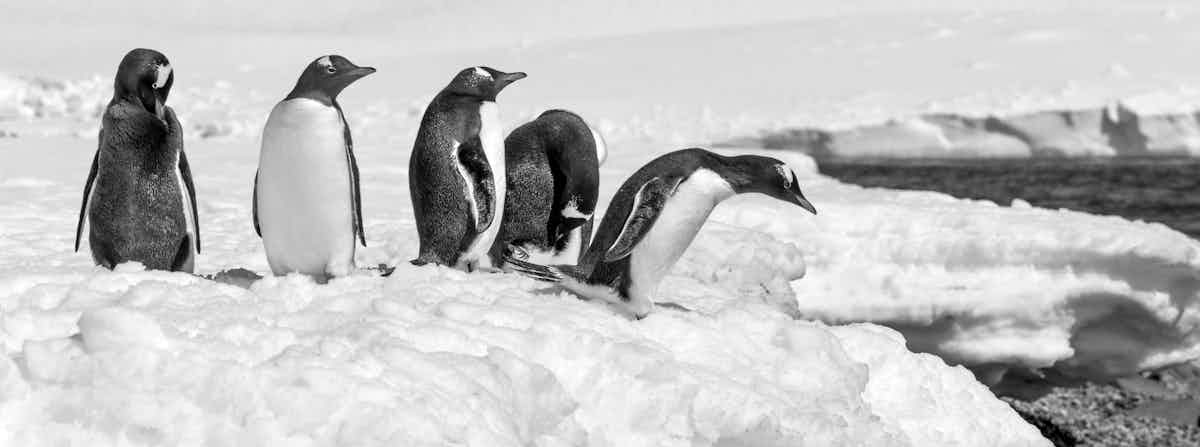
What our customers think of Southern Atlantic Odyssey
Review:


